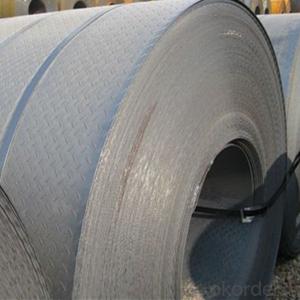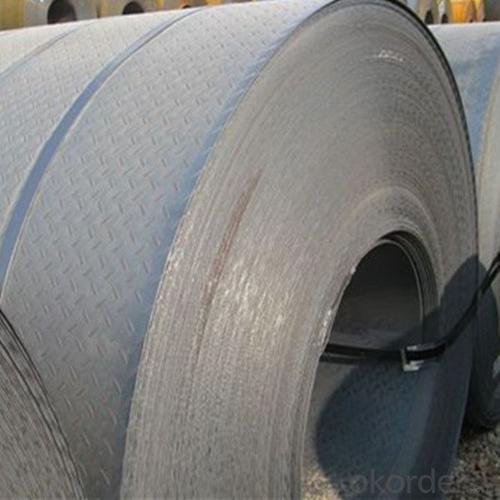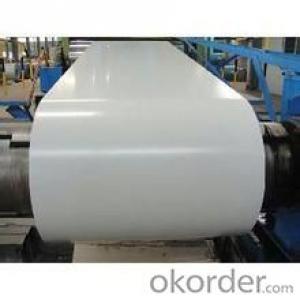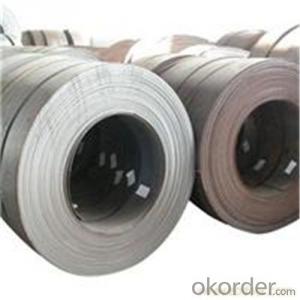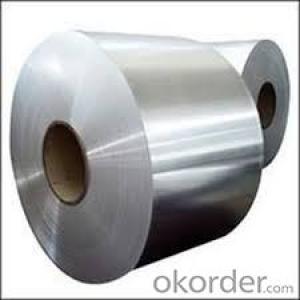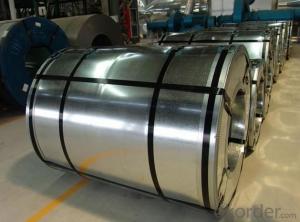Hot Rolled Low Carbon Steel Checkered Plate/Sheet for Construction
- Loading Port:
- China main port
- Payment Terms:
- TT OR LC
- Min Order Qty:
- 23 m.t.
- Supply Capability:
- 10000 m.t./month
OKorder Service Pledge
OKorder Financial Service
You Might Also Like
Specification
We do care:
--Good Quality
--On-time Delivery
--Competitive Price
--Efficient After Service
Thickness | 2.0-18mm |
Width | 50-200mm |
Length | as custom's request |
Technique | hot rolled |
Surface treatment | Bare/Shot Blasted and Spray Paint or as required. |
Standard | ASTM,EN,GB,JIS,DIN |
Material | Q195, Q215A/B, Q235A/B/C/D, Q275A/B/C/D, SS330,SS400,S M400A, Cr. C, Cr.D,S235JR ,ASTM A36 |
Usage | Used in home appliances construction, machinery manufacturing, container manufacturing, shipbuilding, bridges, etc. |
Package | Standard export sea-worthy packing |
Terms of Payment | L/C or T/T |
Delivery Detail | Within 15 days after receipt of deposited or L/C at sight |
Product information


Standard ackage for export:
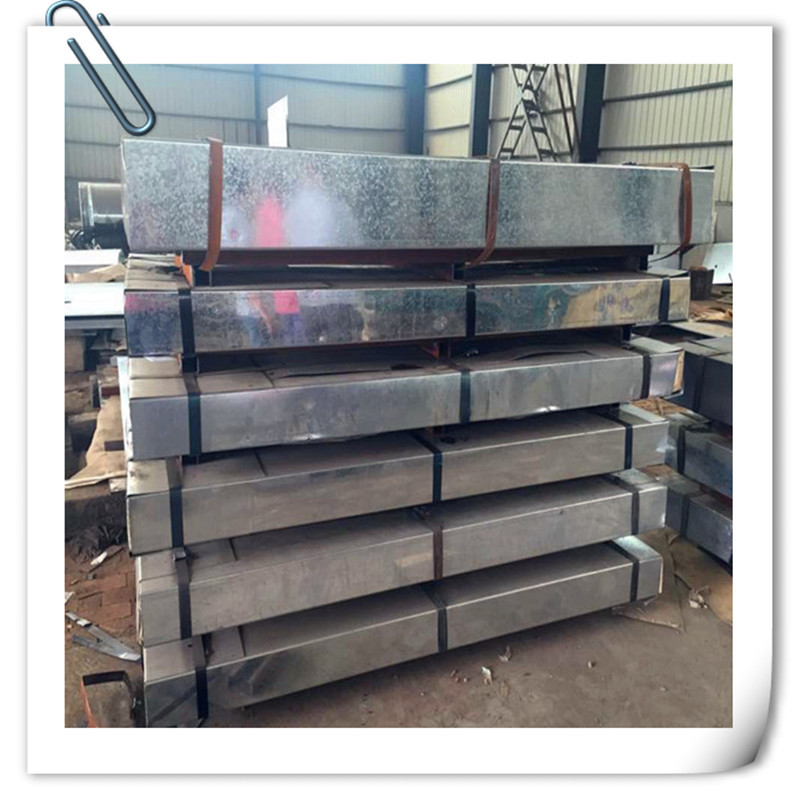
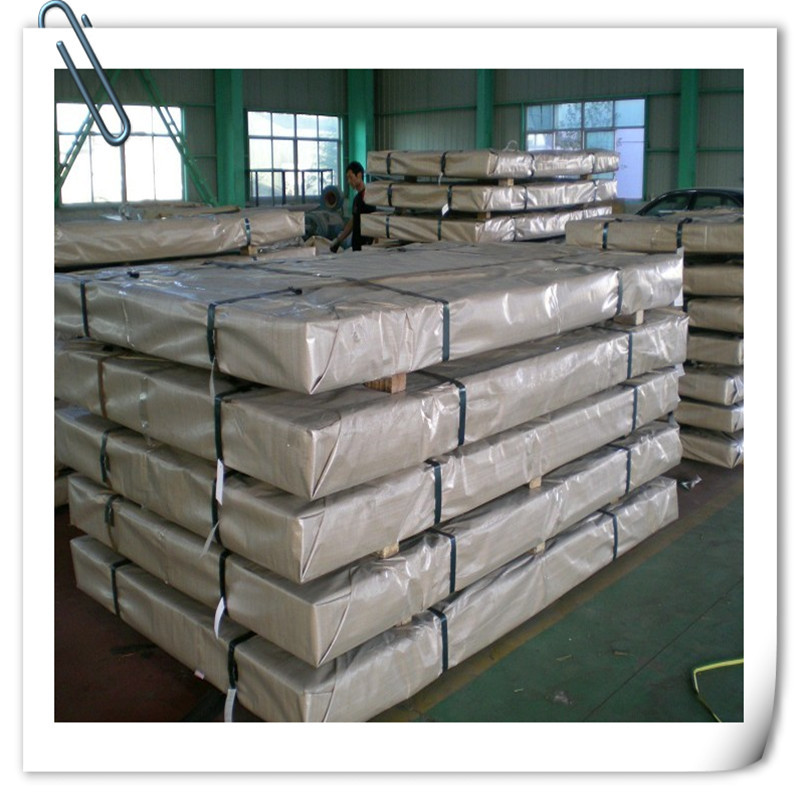
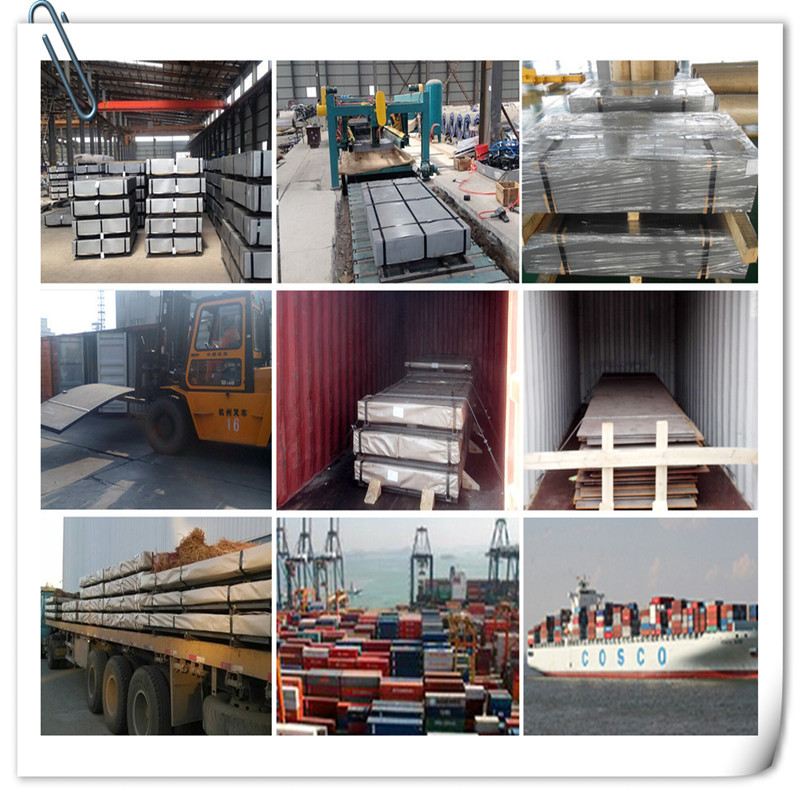
- Q: 420 440 1045 or 1065 ive bought knifes with these steel grades and i want to know which one is better.
- SAE 440 is the best. Classified as high grade cutlery steel. There are various grades of 440: A, B, C, and F. 440 A is the most stain resistant while 440 C has the most carbon and can achieve the highest hardness (Best edge Retention). SAE 440 Chemistry: 16 - 18% Chromium, 0.60 - 1.2% Carbon, 0.75% Molybdenum. SAE 420 is pretty good. Classified as cutlery steel, it is a stain resistant grade but has less chromium and significantly less carbon than SAE 440. SAE 420 Chemistry: 12 - 14% Chromium, 0.15% Carbon (min), 0 Molybdenum Chromium is what makes the steel corrosion resistant. It also adds toughness. Molybdenum adds extra corrosion resistance and adds hardenability. So you can see by chemical components that 440 is highest quality although that also means more cost. 1045 and 1065 are low quality steels and you should probably never use them for a knife. The 1 indicates plain carbon steel with little other alloying elements. The last two digits indicate how much carbon is in the steel. 1045 has 0.45% carbon, mid-range hardenability. 1065 has 0.65% carbon, high hardenability. So if I had to choose I would choose 1065 over 1045 but the difference isn't that noticeable. Everything I said here assumes they have all had the optimum Quench and Temper heat-treatment for their chemistry grade.
- Q: How do steel coils withstand extreme temperatures?
- The unique composition and manufacturing process of steel coils enable them to endure extreme temperatures. Steel, the primary material in coils, consists of iron and carbon, forming an alloy with exceptional thermal properties. With a high melting point of up to 2,500 degrees Fahrenheit (1,370 degrees Celsius), steel remains structurally stable even in intense heat. Additionally, the annealing process is commonly applied to steel coils. This involves heating the steel to a specific temperature and gradually cooling it down. By relieving internal stresses, annealing enhances the steel's resistance to thermal expansion and contraction. It also reduces internal defects, thereby improving the overall strength and durability of the steel, enabling it to better withstand extreme temperatures. Furthermore, protective coatings are often applied to steel coils to provide additional resistance against temperature fluctuations. These coatings, such as galvanized or zinc coatings, act as a barrier between the steel and the external environment. They effectively prevent oxidation, corrosion, and other forms of degradation that can occur when exposed to extreme heat or cold. In conclusion, the ability of steel coils to withstand extreme temperatures can be attributed to the inherent properties of steel, the annealing process that relieves internal stresses, and the protective coatings that offer an extra layer of resistance. These factors work in harmony to ensure that steel coils maintain their structural stability and performance, even in the most challenging temperature conditions.
- Q: What are the common certifications required for steel coils?
- The certifications needed for steel coils differ based on the industry and purpose of the coils. However, there are various certifications that are commonly requested. 1. ISO 9001: This certification ensures that the manufacturer has established a quality management system that meets global standards. It confirms that the manufacturer has the necessary procedures and controls in place to consistently produce high-quality steel coils. 2. ISO 14001: This certification concentrates on environmental management systems. It guarantees that the manufacturer is dedicated to minimizing its environmental impact and reducing waste during the production process. 3. ISO 45001: This certification relates to occupational health and safety management systems. It ensures that the manufacturer has implemented measures to safeguard the health and safety of its employees and stakeholders. 4. ASTM International Standards: The American Society for Testing and Materials (ASTM) has introduced various standards for steel coils. These standards include chemical composition, mechanical properties, and dimensional tolerances. Adhering to these standards guarantees that the coils meet the specified requirements and are suitable for their intended use. 5. EN Standards: The European Committee for Standardization (CEN) has developed a series of standards for steel coils, known as EN standards. These standards cover similar aspects as ASTM standards but are specific to the European market. 6. JIS Standards: The Japanese Industrial Standards (JIS) are widely used in the steel industry in Japan and other Asian countries. Complying with JIS standards ensures that the coils meet the specific requirements of the Japanese market. 7. Certifications specific to products: Depending on the application of the steel coils, additional certifications may be necessary. For instance, if the coils are intended for automotive use, certifications like ISO/TS 16949 (Quality Management Systems for the Automotive Industry) may be required. It is crucial to note that the specific certifications needed may differ based on the region, industry, and customer requirements. Manufacturers should consult their customers and industry standards organizations to determine the exact certifications necessary for their steel coils.
- Q: Hi All,I was wanting to know,on the quality bikes such as Trek,Giant etc is the aluminum frames as strong as the steel frame bikes? I have heard conflicting reports on this,so thought I would ask here for more input.Thanks!
- Dustin You are close, but not quite right. Steel is a great frame material, It can be heavier than its aluminum counter part, But, steel often provides a much nicer ride. Aluminum tends to be a very stiff and rigid ride that many do not like. I have had frames made of all materials. I can say that I have never met a frame material that I did not like. Check the weight of the frames you are looking at. If there is more than two pound (or so) difference then the aluminum frame would be my choice. Soccerref
- Q: How are steel coils inspected for width?
- To ensure compliance with the necessary specifications, various techniques are employed to inspect the width of steel coils. Among these methods, a commonly used one is the utilization of a caliper gauge, also referred to as a micrometer. This gauge makes direct contact with the coil edges to measure its width. The operator places the gauge at multiple points along the width and records the measurements. This approach guarantees precise measurements and facilitates the identification of any inconsistencies or deviations in the desired width. Another technique employed for width inspection is laser measurement. In this method, laser sensors are positioned on both sides of the coil, emitting a laser beam that scans across the width. By detecting the distance between the edges of the coil, the sensors provide accurate width measurements. This non-contact approach is highly efficient, swiftly inspecting the coil's width without causing any physical damage or requiring physical contact. Moreover, advanced systems employ computer vision technology for width inspection. This involves the use of cameras and image processing software to capture images of the coil's edges. The software then analyzes these images and calculates the width based on the detected edges. This method enables rapid inspections and can identify any irregularities in the coil's width. In conclusion, the inspection of steel coil width involves a combination of physical gauges, laser sensors, and computer vision technology. These methods ensure that the coils conform to the required width specifications and play a crucial role in maintaining quality control throughout the steel manufacturing process.
- Q: What are the common coil lengths available for steel coils?
- The steel coil lengths offered in the industry and specific requirements are subject to variation. Nonetheless, several standard coil lengths are extensively employed in different applications. These encompass coil lengths of 100 feet (30.48 meters), 200 feet (60.96 meters), 300 feet (91.44 meters), and 500 feet (152.4 meters). These lengths find extensive use in construction, manufacturing, and automotive sectors, where steel coils serve diverse purposes. It is worth mentioning that coil lengths can also be tailored to meet specific project requirements or customer preferences.
- Q: How are steel coils processed and shaped into different products?
- Steel coils are processed and shaped into different products through a series of manufacturing processes. The first step in the process is called uncoiling, which involves unwinding the steel coil and straightening it. This is usually done by feeding the coil through a machine called a decoiler. Once the coil is uncoiled, it goes through a process called leveling. This is done to eliminate any unevenness or warping in the steel. The coil is passed through a set of rollers that apply pressure and flatten the steel to the desired thickness. This ensures that the steel is uniform and ready for further processing. After leveling, the steel is typically cut into smaller pieces or sheets. This is done using machines such as shears or slitters, which can cut the steel into different widths or lengths. The precise dimensions will depend on the requirements of the specific product being manufactured. Once the steel is cut, it can undergo additional shaping processes. One common method is called roll forming, where the steel is passed through a series of rollers that gradually shape it into the desired profile. This is often used to produce products such as roofing sheets, wall panels, or beams. Another common shaping process is called stamping. In stamping, the steel is pressed between a die and a punch to create complex shapes or patterns. This is commonly used in the automotive industry to produce components such as car body panels or engine parts. In addition to shaping, the steel may also undergo surface treatments or coatings to enhance its properties or improve its appearance. This can include processes such as galvanizing, where a layer of zinc is applied to protect the steel from corrosion, or painting to provide a decorative finish. Overall, the process of shaping steel coils into different products involves a combination of cutting, shaping, and surface treatments. These processes are carefully executed to ensure that the steel meets the required specifications and is ready for use in various industries.
- Q: How are steel coils used in the production of wire products?
- Wire products rely heavily on steel coils, which are indispensable in their production. These coils, typically crafted from high-quality steel, serve as raw materials in wire drawing processes. Wire drawing, a manufacturing technique, diminishes the coil's diameter, converting it into diverse wire products. The initial step involves the placement of a steel coil onto a wire drawing machine. Subsequently, the machine pulls the coil through a sequence of progressively smaller dies. Each die the coil passes through reduces the wire's diameter, resulting in a more slender and elongated wire strand. This process can be repeated multiple times until the desired wire thickness is achieved. Once the wire is drawn, it can undergo further processing to create an array of wire products, including fencing, nails, screws, springs, and electrical wires. The wire can be cut into specific lengths, bent, or shaped to suit its intended purpose. Moreover, it can undergo treatments like galvanizing or coating to enhance its durability and resistance to corrosion. Steel coils offer numerous advantages in wire product manufacturing. Firstly, they provide a consistent and uniform material, ensuring the resulting wire products possess consistent quality and performance. Secondly, steel coils are easily transportable and can be stored efficiently, making them a cost-effective choice for manufacturers. Lastly, the versatility of steel enables the production of wire products with varying tensile strengths and properties to meet specific industry requirements. To summarize, steel coils play an essential role in wire product manufacturing. They serve as the primary raw material in wire drawing processes, where they undergo a series of reduction steps to be transformed into diverse wire products. These wire products find applications across various industries, solidifying the indispensability of steel coils in the manufacturing sector.
- Q: How are steel coils used in the production of structural steel?
- Steel coils are used in the production of structural steel by being unwound and processed through various manufacturing techniques, such as rolling and shaping, to create different structural components like beams, columns, and plates.
- Q: How do steel coil manufacturers minimize waste and maximize efficiency?
- Combining advanced technology, process optimization, and waste management practices allows steel coil manufacturers to minimize waste and maximize efficiency. One effective method is to employ advanced automation and control systems during production. These systems can monitor and adjust parameters like temperature, pressure, and speed to ensure optimal operation. By closely monitoring and controlling these factors, manufacturers can reduce defects and errors, thus minimizing waste. Another approach is to adopt lean manufacturing principles, which involve eliminating non-value-adding activities and streamlining the production process. By analyzing the entire workflow, manufacturers can identify areas for improvement, such as reducing setup times, eliminating bottlenecks, and optimizing material flow. This results in a more efficient and streamlined production process, reducing waste and increasing efficiency. Additionally, effective waste management practices can be implemented. This includes proper handling and disposal of waste materials, as well as implementing recycling programs. By separating and recycling materials like scrap metal, manufacturers can minimize waste generation and reduce environmental impact. Collaborating with recycling companies ensures proper management and recycling of waste materials. In conclusion, steel coil manufacturers can achieve waste reduction and efficiency maximization by utilizing advanced technology, implementing lean manufacturing principles, and adopting effective waste management practices. Continuously striving for improvement and optimization in processes enables manufacturers to reduce waste, increase productivity, and ultimately achieve higher levels of efficiency.
Send your message to us
Hot Rolled Low Carbon Steel Checkered Plate/Sheet for Construction
- Loading Port:
- China main port
- Payment Terms:
- TT OR LC
- Min Order Qty:
- 23 m.t.
- Supply Capability:
- 10000 m.t./month
OKorder Service Pledge
OKorder Financial Service
Similar products
Hot products
Hot Searches
Related keywords
